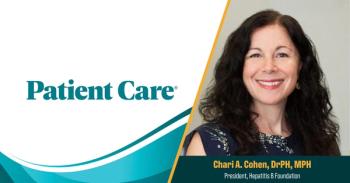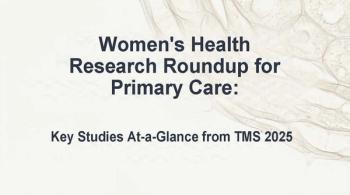
5 Fall Prevention Tips for Your Older Adult Patients: Refresher for Primary Care
Exercise and strength/balance training are keys to protecting against falls, but careful assessments at each clinic visit may uncover other risks to address.
Falls are a leading cause of injury, hospitalization, and loss of independence in adults aged 65 and older in the US. More than 1 in 4 adults in the age category experience a fall each year, adding up to more than 14 million fall episodes annually.1
The scope of the consequences won't be a surprise to primary care clinicians who are involved in care for their older patients who fall before, during, and after an accident: more than 3 million emergency department visits and more than 36,000 deaths occur annually as a result of falls in this population.2,3 The consequences on an individual level are no less concerning. In addition to being a precursor to loss of personal agency, later-life falls are also linked to decreased quality of life and increased risk of needing residential care.
The burden is high, but falls are not an inevitable part of aging. There is a wide range of evidence-based interventions that can reduce fall risk and support older adults in maintaining mobility and autonomy. Those typically top of mind include regular physical activity, particularly balance and strength training, and home safety modifications. Equally important, and included in the 5 reminders in the slide above, are regular reviews of medication to reduce polypharmacy and drug-drug interactions, cross disciplinary management of vision and hearing impairments, and uncomplicated access to regular health care through training on and use of telehealth technology and transportation support.
Importantly, the most successful fall prevention efforts require a multifactorial approach tailored to each individual’s risk profile. Click through this short slide show for a topline refresher on 5 of the primary areas you'll want to assess for each older patient.
References
Moreland B, Kakara R, Henry A. Trends in nonfatal falls and fall-related injuries among adults aged ≥65 years—United States, 2012–2018. MMWR Morb Mortal Wkly Rep. 2020;69(27):875–881.
Older adult falls data. Older adult fall prevention. CDC. Updated October 8, 2024. Accessed July 8, 2025.
https://www.cdc.gov/falls/facts.html National Center for Injury Prevention and Control. WISQARS™ Injury Data. Accessed July 8, 2025.
https://www.cdc.gov/injury/wisqars/index.html
Newsletter
Enhance your clinical practice with the Patient Care newsletter, offering the latest evidence-based guidelines, diagnostic insights, and treatment strategies for primary care physicians.


















































































































































































































































































